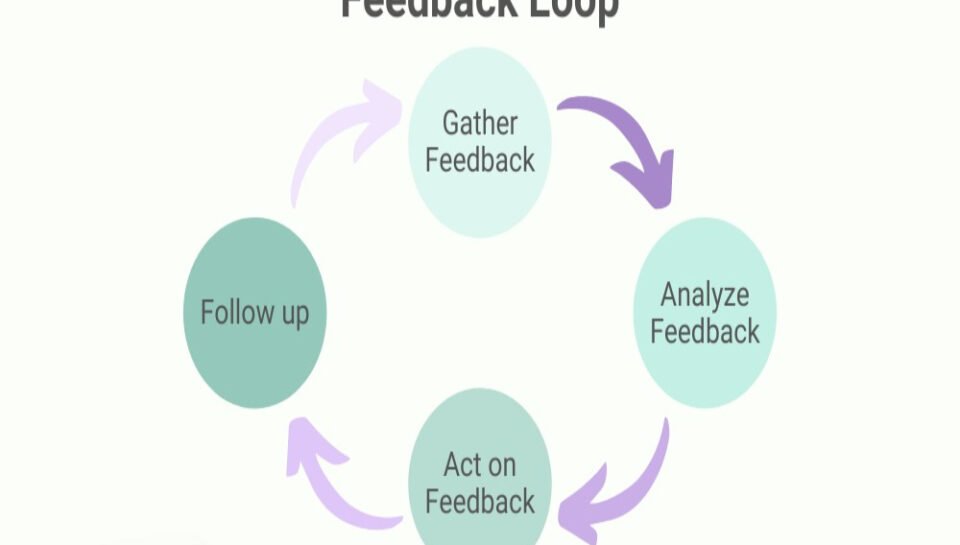
Explain the role of feedback loops in refining branding design.
Introduction
Branding design is a dynamic process, not a one-time execution. To ensure a brand identity resonates with its audience and evolves with relevance, feedback loops play a critical role. A feedback loop is a continuous cycle of collecting input, evaluating performance, and making design improvements based on insights. These loops help branding teams refine visual elements, tone, and user experience—ensuring alignment with market needs, business goals, and user expectations.
Understanding Feedback Loops in Design
A feedback loop involves gathering responses from users, stakeholders, or analysts regarding branding elements—such as logos, typography, color schemes, packaging, or messaging—and using those insights to guide design iterations. It transforms branding into a collaborative, adaptive, and audience-informed process.
Enhancing Audience Relevance
Branding that looks great internally might not always land well with the target audience. Feedback from users ensures the design reflects their preferences, cultural sensibilities, and emotional triggers. This makes the brand more approachable, authentic, and effective in connecting with its intended market.
Supporting Iterative Design
Feedback loops support an iterative design approach, where branding elements are tested, refined, and optimized in cycles. Rather than launching a complete identity in one go, design teams release components, gather feedback, and fine-tune based on data. This reduces costly missteps and leads to better, more polished results.
Validating Design Decisions
Design often involves subjective opinions, but feedback adds objectivity. Real-world input helps validate design choices—such as the readability of a font, the cultural appropriateness of a symbol, or the emotional impact of a color. This reduces internal bias and increases confidence in the direction taken.
Aligning Internal and External Perspectives
Feedback loops help reconcile internal vision with external perception. Stakeholders might have strategic goals, while customers offer real-world reactions. Incorporating both perspectives through structured feedback creates a more balanced, effective brand identity that aligns intention with experience.
Improving Brand Consistency
Frequent feedback uncovers inconsistencies in brand application across channels or departments. Whether it’s a misused logo or off-brand messaging, identifying these gaps helps teams recalibrate and maintain cohesive branding, especially in large organizations with multiple touchpoints.
Encouraging Team Collaboration
Involving team members and clients in the feedback process builds shared ownership and collaboration. It promotes open communication, reduces friction, and ensures all voices are heard in the creative process. Collaborative feedback often sparks innovation and uncovers unseen design opportunities.
Measuring Impact and ROI
Long-term feedback—gathered post-launch—allows brands to assess how well their identity is performing. Are users engaging with the brand? Do they remember it? Does it drive conversions or recognition? Tracking these metrics over time provides insight into branding’s ROI and informs future updates or rebranding efforts.
Conclusion
Feedback loops are essential to refining branding design. They keep the process user-focused, flexible, and relevant. By listening, testing, and adjusting based on real-world input, brands can evolve in meaningful ways—building stronger connections, increasing impact, and staying ahead in a competitive landscape.
Hashtags
#BrandingDesign #FeedbackLoops #DesignIteration #UserCenteredDesign #BrandRefinement #VisualBranding #BrandFeedback #DesignOptimization #CreativeProcess #DesignFeedback #BrandConsistency #CollaborativeDesign #BrandValidation #CustomerInsights #DesignStrategy #BrandExperience #UXAndBranding #AudienceDrivenDesign #BrandAdaptation #DesignTesting #DataDrivenDesign #BrandEngagement #BrandPerformance #ContinuousImprovement #StrategicBranding





